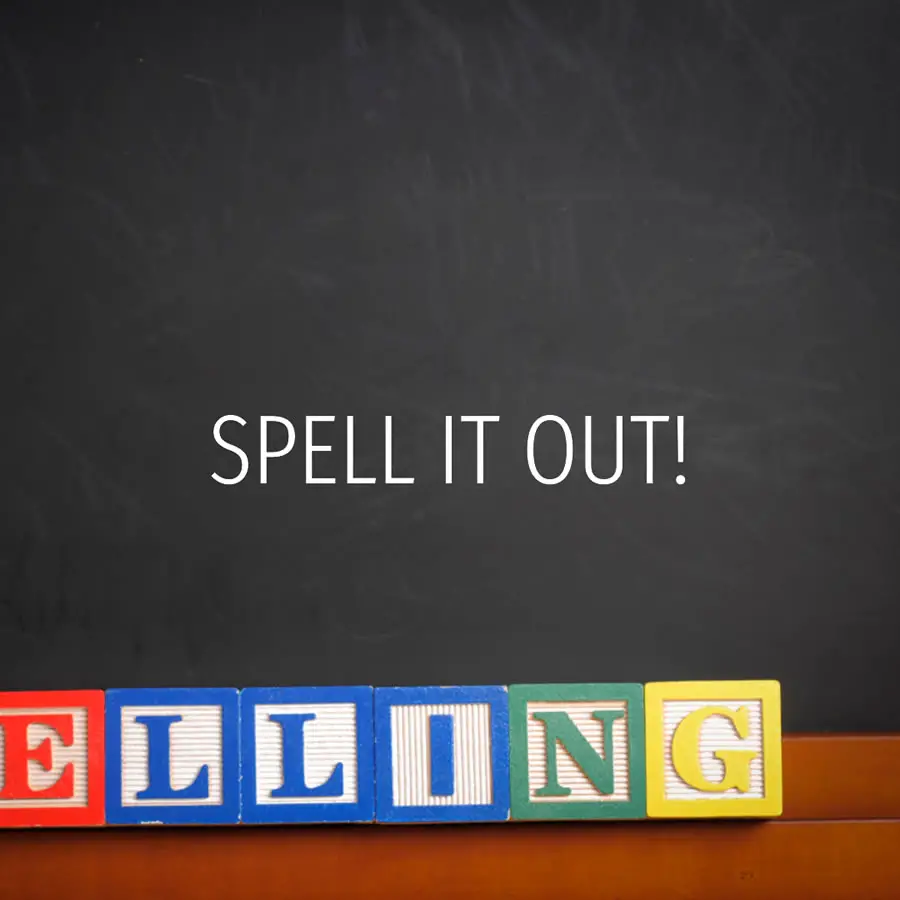Table of Contents
Introduction
A Spelling Bee is a classic and engaging way to reinforce vocabulary and spelling skills in the classroom. Whether you’re working with beginners or advanced students, this activity can be tailored to suit all levels.
Turning spelling practice into a competitive game motivates students to master new vocabulary and improve their spelling accuracy, making learning both fun and effective.
Before exploring the spelling bee activity, let’s first have a look at the basic information about the activity!
Spelling Bee Activity: Lesson Overview
Spelling Bee Activity Information
Level: All levels
Objectives:
- To reinforce and review recently learned vocabulary.
- To enhance students’ ability to accurately spell a variety of words, including easy words, recently learned vocabulary, and commonly misspelled words.
- To build students’ confidence in using new vocabulary in spoken and written contexts.
Materials:
- A list of words (including a mix of easy words, recently learned vocabulary, and commonly misspelled words).
- A timer (optional, for added challenge).
- A whiteboard or projector to display words and keep score.
What is the Spelling Bee?
A spelling bee is a competition where contestants are asked to spell words. The origin of the spelling bee is believed to be in the United States. Nowadays, spelling bee events are organized in many parts of the world. As an EFL or ESL activity, a spelling bee can be devised as a group or class activity that provides a fun way to practice spelling.
Interesting information about the meaning of the term bee
Before describing the spelling bee lesson plan, let us list some interesting information about the term “bee”.
One of the meanings of the term ‘bee’ is the following:
A social gathering where people combine work, competition, and amusement
The Free Dictionary
The word bee is also used in the following idioms:
- busy as a bee meaning occupied,
- a bee in (one’s) bonnet meaning an obsession.
For EFL or ESL students, spelling bee can be carried out in different ways:
- competitively
- noncompetitively
- individually
- or in a team.
Guidelines for the Spelling Bee Lesson Plan

To prepare for a spelling bee activity the following guidelines must be followed:
- Start with easy words so as not to intimidate participants, especially in non-competitive cultures.
- Reduce the affective filter. If participants feel uncomfortable, they won’t get involved in the activity.
- Speak slowly and clearly.
- Repeat the words as necessary.
- Begin with easy words and progress to more difficult ones.
The activity

You may design a spelling bee lesson plan that is either:
- Competitive
- Or non-competitive.
Non-competitive spelling bee lesson plan
If the spelling bee is prepared as a non-competitive activity, one can follow the following steps:
- Choose interesting words.
- Dictate the words to the participants.
- Give participants time to write the words.
- When done, ask participants to compare and have a discussion on the correct spelling.
- Show the correct spelling on the board.
- Participants work in groups to use the dictated words to provide either sentences, a story or a short paragraph depending on their level of proficiency.
- Representatives of groups read out their sentences, stories, or paragraphs.
Competitive spelling bee Activity lesson plan
To assign the activity in a more competitive way, follow the following steps:
- Choose 4-10 students to stand in front of the class.
- Dictate a spelling word to one participant.
- If the participant spells the word correctly, s/he remains at the front of the line.
- If s/he doesn’t spell the word correctly, s/he sits down, leaving the competition.
- Write each well-spelled word on the board.
- The participant who remains standing is the winner (and gets a prize!)
Conclusion
The Spelling Bee activity is more than just a fun classroom game; it’s a powerful tool for reinforcing vocabulary and improving spelling skills.
Incorporating words that students have recently learned, as well as commonly misspelled words, ensures that your students remember the vocabulary and use it confidently in both writing and speaking.
Through friendly competition and active participation, students are encouraged to engage with the language in a meaningful and enjoyable way.


